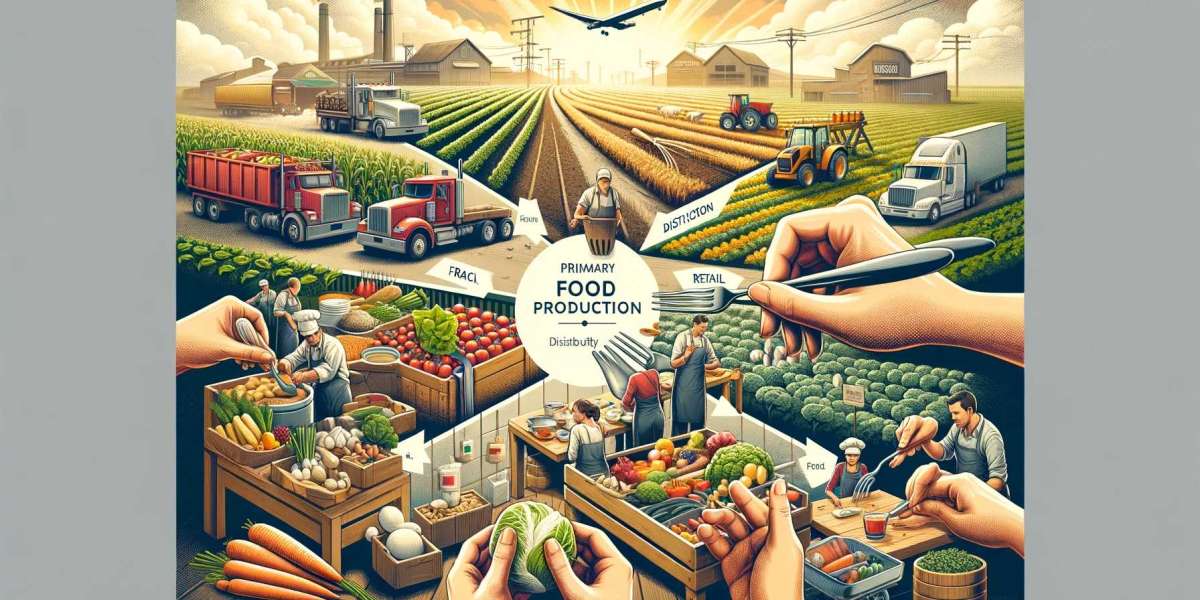In the realm of food production, a series of essential steps ensure the transition from farm to fork is smooth, delivering food that is not only tasty but also safe and sustainable. The Shri Manilal Nanavati Vocational Training Institute for Women (MNVTI) plays a crucial role in this journey, emphasizing the importance of each phase in the culinary process.
Primary Food Production: The Foundation of Flavor
Primary food production is the starting point, where raw ingredients like fruits, vegetables, grains, and proteins are cultivated. Farmers work diligently for a successful yield, a fact that MNVTI highlights in its curriculum. The institute teaches sustainable farming, seasonal crop knowledge, and the importance of local agriculture to its students.
Food Processing: The Art of Transformation
After harvesting, the raw ingredients undergo food processing. This stage transforms them into edible forms through cleaning, cutting, cooking, and preserving. MNVTI instructs students in the techniques of culinary transformation, from knife skills to preservation methods, turning raw products into tantalizing foods.
Distribution: Bridging Producer and Consumer
Distribution connects producers with consumers. It involves transporting food from farms and processing facilities to various selling points. MNVTI stresses the importance of efficient, sustainable distribution. Students learn about supply chains, logistics, and reducing food wastage, ensuring food reaches consumers in the best condition.
Retail: Crafting Consumer Experiences
As food reaches retail outlets, it’s time to create consumer experiences. Retail involves presenting food in grocery stores, restaurants, and markets. MNVTI prepares students for this stage by teaching them how to make attractive displays, understand customer preferences, and provide excellent service, focusing on presentation art and pricing strategies.
Consumption: The Culinary Celebration
The final stage, consumption, is where the food production process culminates in a feast of flavors. MNVTI’s holistic approach ensures students understand the technical, cultural, and social aspects of food. They learn the joy of making meals that unite people, emphasizing the celebratory nature of shared dining.
Conclusion:
The five stages of food production create a seamless cycle, and MNVTI’s comprehensive education equips students to skillfully navigate each phase. The institute not only prepares future culinary professionals but also instills an understanding that food production is more than a process; it’s a journey that connects communities, embraces diversity, and highlights the joy of communal meals.







